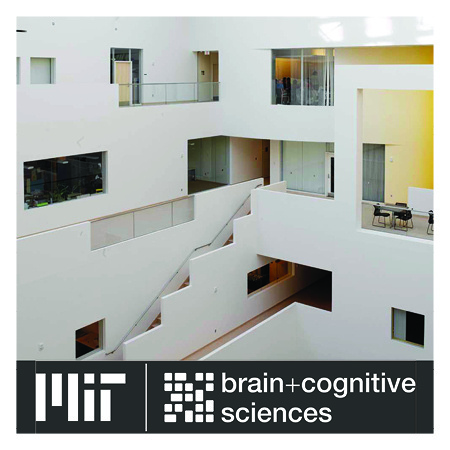
Michael Happ Thesis Defense: Predictive Novelty Detection in Songbird Auditory Cortex
Description
Time: Friday, February 17 at 2:30pm
Place: Singleton Auditorium (46-3002)
Zoom: https://mit.zoom.us/j/95483501723
Title: Predictive Novelty Detection in Songbird Auditory Cortex
Abstract:
Novel stimuli represent gaps in our understanding of the world. To help us learn, our brains privilege the processing of novelty. The songbird, which uses novelty signals for song learning, is a natural model for novelty detection. To better understand which strategies the brain uses to detect novelty, I modeled and studied an auditory region of the songbird brain.
In my talk, I’ll introduce a predictive model for novelty detection. Armed with hypotheses furnished by this model, I performed experiments to confirm the existence of predictive circuitry in songbird auditory cortex. I’ll showcase evidence for predictive novelty detection in the songbird brain, while also sharing data that suggests that one novelty signal, known as the Song-Specific Adaptation (SSA), does not involve prediction. Prompted by this finding, I performed an in-depth exploration of the SSA. After recapitulating classical results with state-of-the-art technology, I’ll report a new phenomenon that challenges a predictive explanation for the SSA. Taken together, my results suggest that predictive mechanisms can explain some novelty signals in the avian brain, but not the SSA, which may be explained by a more simplistic feed-forward mechanism.

